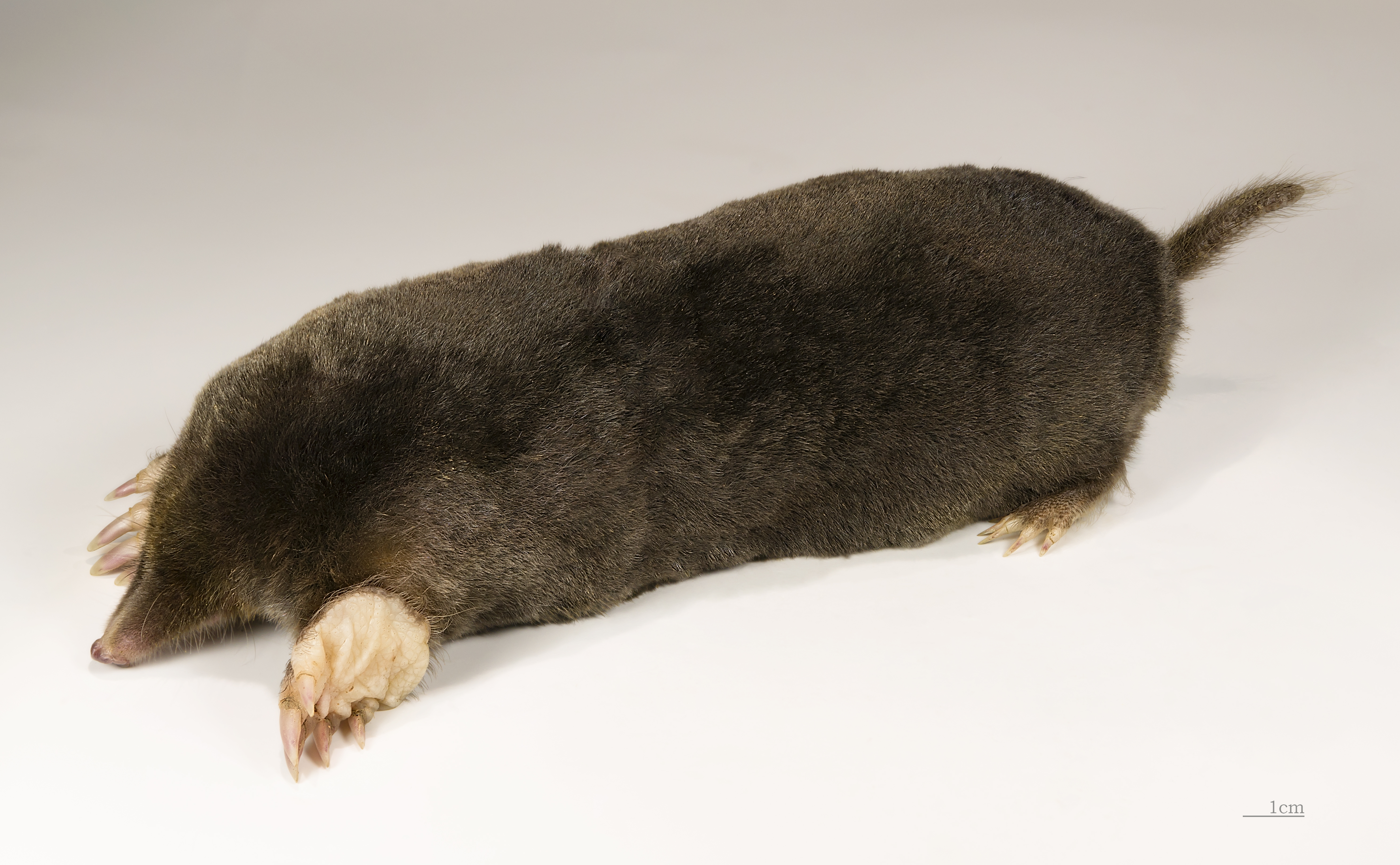|
Amphilemuridae
The Amphilemuridae are a family of extinct mammals belonging to the order Eulipotyphla, from the Eocene of Europe and North America. Description Amphilemurids were generally small in size and may have resembled moonrats in life. Some species had spines like those of hedgehogs, while others were almost free of spines or had bristly coats. Most species are known only from teeth. Classification The family Amphilemuridae was first described in 1953 by Hill, and was included in the order Insectivora, which later proved to be polyphyletic. Currently the amphilemurids are considered basal members of the order Eulipotyphla, although Hooker and Russell (2012) considered them to belong to the order Macroscelidea. Taxonomy Family †Amphilemuridae Hill, 1953 * Subfamily †Placentidentinae D. E. Russell et al., 1973 ** †'' Placentidens'' Russell & Savage 1973 *** †''Placentidens lotus'' Russell & Savage 1973 * Subfamily † Amphilemurinae Hill, 1953 ** †'' Macrocranion'' Weitzel, 19 ... [...More Info...] [...Related Items...] OR: [Wikipedia] [Google] [Baidu] |
Eulipotyphla Eulipotyphla (, which means "truly fat and blind") is an order of mammals suggested by molecular methods of phylogenetic reconstruction, which includes the laurasiatherian members of the now-invalid polyphyletic order Lipotyphla, but not the afrotherian members (tenrecs, golden moles, and otter shrews, now in their own order Afrosoricida). Eulipotyphla comprises the hedgehogs and gymnures (family Erinaceidae, formerly also the order Erinaceomorpha), solenodons (family Solenodontidae), the desmans, moles, and shrew-like moles (family Talpidae) and true shrews (family Soricidae). True shrews, talpids and solenodons were formerly grouped in Soricomorpha; however, Soricomorpha has been found to be paraphyletic, since e |
